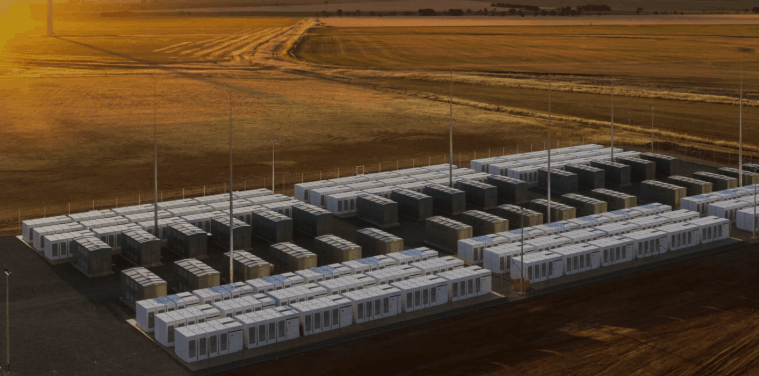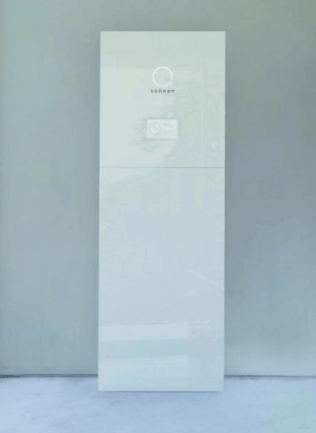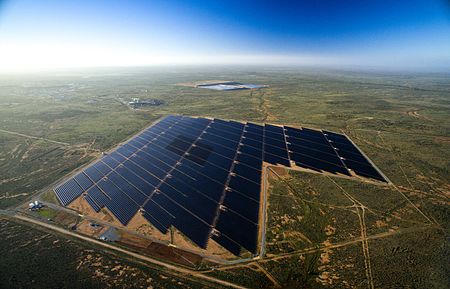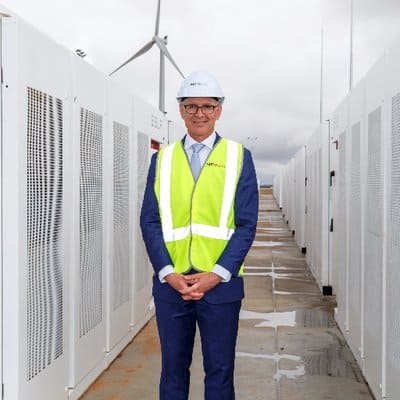Hornsdale Power Reserve – also known as the Tesla South Australia battery, the 129MWh solar/energy storage battery has saved the state $8.9m in six months, according to Renew Economy and their analysis of spot market pricing in 2018.
Hornsdale Power Reserve

The cost of the Hornsdale Power Reserve hasn’t been made public, but at ~$800 per installed kWh the cost comes out to around $100m (with around $50m paid by the government), which fits the whispers we’re hearing around the traps.
The partnership between Tesla and South Australia was inked in July last year as Elon Musk and then-Premier Jay Weatherill decided on Neoen’s Hornsdale wind farm as an installation spot. The Tesla Battery was then completed on November 24, ahead of its December 1 operation deadline (Musk made a bet with Weatherill/South Australia that Tesla would install the Powerpack batteries by December 1 or the project would be free).
According to an analysis undertaken by RenewEconomy and investigated further by Clean Technica, The battery saved $5.7m in its second quarter of operation. It bought power at an average price of $79/MWh and sells it at $191/MWh (a figure somewhat distorted by a very power-hungry January – with that month removed the price goes down to $141/MWh). The estimated savings for the full 2018 are expected to be around $18m.
It’s important to note that the battery is still trading 30MW (of its total 100MW) of capacity so there is space to expand operations should the government be so inclined.
If you’d like to read a more detailed account of how much money the Hornsdale Power Reserve has saved South Australia in 2018 click here to read Stephen Parker and Bruce Mountain of the Victoria Energy Policy Centre investigate the economics of energy generation/storage.
If you’d like to see more stats on how the HPR is going, price-wise – there’s a rolling 72 hour graph of each battery charge/discharge with spot price data available via this link.





